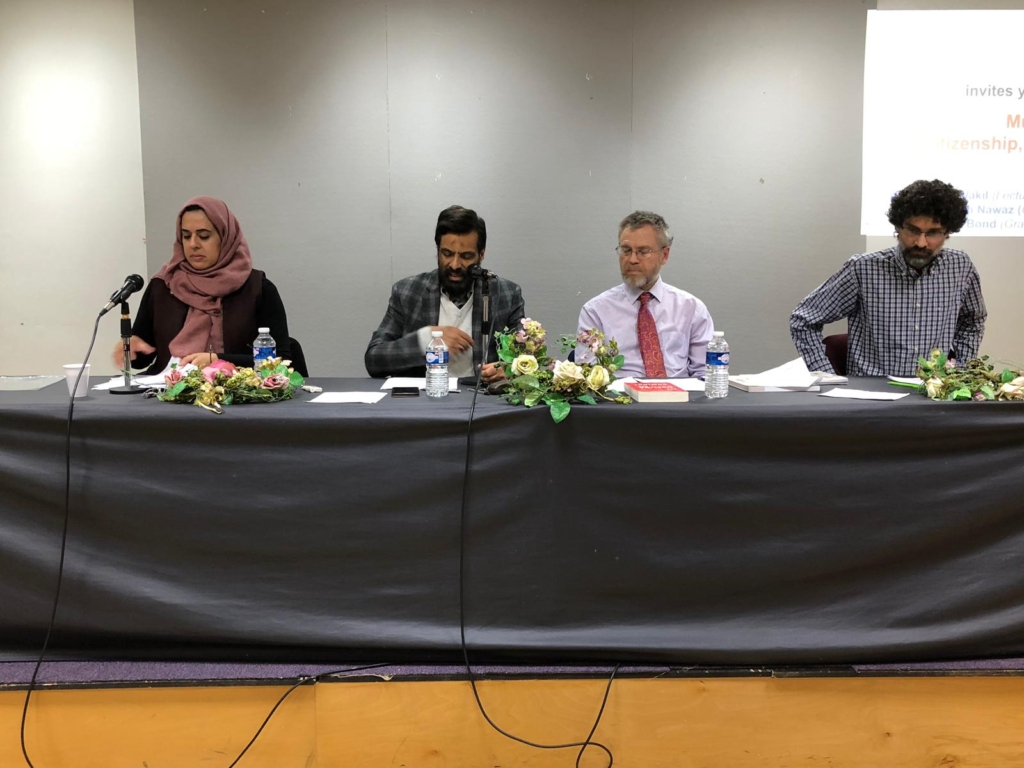The two new species, discovered by Dr Michel Claereboudt, a coral reef biologist with the Sultan Qaboos University and a coral researcher associated with the Environmental Society of Oman, include the blue coral (Porites decussata) and the 16-finger flower coral (Calathiscus tantillus).
The 16-finger flower coral is very rare and unusual, with short-lived colonies that are found only in Oman including the Daymaniyat Islands. In contrast, the blue coral, which has small colonies 5cm-6cm across, has been found in numerous sites across Oman and will most likely be discovered in other areas of the Middle East.
There are now estimated to be approximately 130 species of coral off the coast of Oman, much more than was formerly thought to subsist in the region. Scientists believe there are probably at least 20 more species yet to be discovered, possibly including five more new to science.
Dr Claereboudt said that until the 1990s there were around 60 pieces of coral that grew to around 130 species by 2006, which is around 20 per cent of the told species found in the world. He informed that that it takes around four years from the discovery stage to laboratory testing to confirmation of the new species.
In Oman, one specie discovered recently by Dr Charles Sheppard, Parasimplastrea sheppardi, was originally described as a four-million-year-old fossil from an exposed cliff in Papua New Guinea.
“This living coral fossil discovery is as important scientifically as the finding of the coelacanth, a living fossil fish,” said Dr Claereboudt.
Another important discovery made in the Daymaniyat Islands, a nine-island archipelago off the coast of Muscat, is the actual expansion of the coral reef despite rising water temperatures due to global warming that have adversely affected other coral reefs around the world.
In 1998, Indian Ocean coral reefs were very badly impacted. Areas such as the Maldives, Seychelles, and Chagos lost 90 per cent of their corals over vast areas. During this time the resilient reefs in the Daymaniyat Islands continued to expand.
This measured growth of coral reefs proves that Oman is in fact home to a much more diverse reef environment than formerly thought, with species more capable of withstanding varied ocean temperatures than in most other reef environments in the world.
The extensive coral growth was found as a result of systematic investigations by biologist Robert Baldwin of the Environmental Society of Oman (ESO) and coral reef biologist Dr Charles Sheppard, of the University of Warwick in England, whose work in collaboration with Dr Claereboudt. The ESO has been working very closely with the government to ensure these reef structures are protected and maintained, both for their positive environmental impact and their potential impact on tourism for many years to come.
ESO President Her Highness Tania Al Said underlined the importance of preserving the unique marine life in the seas of Oman along with a team of global and local scientists.
The government has taken significant steps toward conserving these rare and valuable corals from the imminent threats of anchors; coastal development; and fishing nets, traps and lines.
Director of Nature Conversation Ali Al Kiyumi said with the rapid economic development taking placing across the length and breadth of the country, the protection of marine life is a big challenge and government needs strong public participation. He added that we have laws to protect the marine life and all investors have to seek mandatory environment clearance for projects.
“There is not much we can do to change the global temperature of the ocean, but we can change our recreational and fishing practices to avoid the needless destruction of these coral reefs,” said Robert Baldwin of ESO. On the issue of implanting artificial reefs, Baldwin says they are still on experimental stages and it is not the priority for biologists at this juncture.
To ensure protection for the reef areas, the government and ESO are working very closely on this important project with the Wildlife Conservation Society (WCS) and the Indian Ocean Research and Conservation Association (IORCA), both of which receive funding from the Kerzner Marine Foundation (KMF).
KMF, funded by resort company Kerzner International, seeks to foster the preservation and enhancement of global marine ecosystems through scientific research, education and community outreach. The preservation of the coral reefs in the Daymaniyat Islands marks KMF’s first project in the Middle East.


